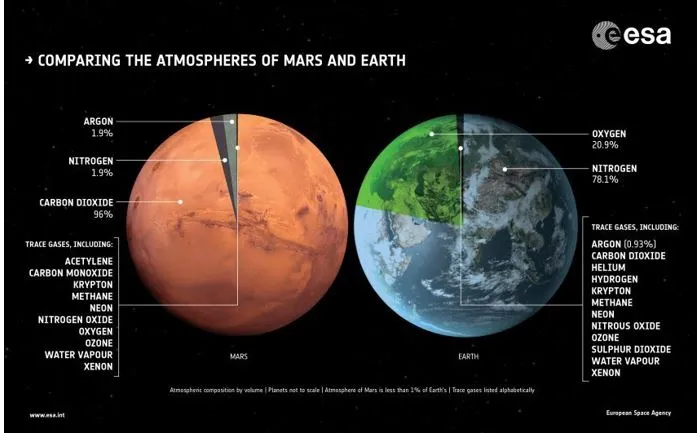

13th June 2024 (13 Topics)
Context
Recent discoveries have challenged assumptions about Mars' climate, with researchers detecting frost on equatorial volcanoes. This finding contradicts expectations of hot, arid conditions in the planet's equatorial regions and suggests a more complex climate system than previously thought.
Key Findings:
- Frost Discovery: Researchers have detected frost atop volcanoes in Mars' Tharsis region, near the planet's equator. This discovery challenges previous assumptions about the planet's climate, which were thought to preclude frost formation in equatorial regions due to high temperatures.
- The frost was observed within the calderas of Martian volcanoes, large hollows at their summits.
- The frost, with a thickness of about a hundredth of a millimeter (roughly the width of a human hair), covers a significant area within the calderas of Martian volcanoes.
- Although ephemeral, lasting only a few hours after sunrise before evaporating in sunlight, this frost contributes to the cycling of water between the Martian surface and atmosphere during the cold seasons.
- The frost was first spotted by ESA's ExoMars Trace Gas Orbiter (TGO) atop the massive Olympus Mons volcano (nearly three times the height of Mount Everest)
- Factors (likely) responsible for frost formation:
- The researchers propose that a unique microclimate created by air circulation above these mountains allows for the formation of frost despite Mars' thin atmosphere and relatively high daytime temperatures.
- The presence of frost on Martian volcanoes suggests the possibility of an ancient climate cycle on Mars, involving past precipitation and even snowfall on these volcanic peaks.
Fact Box:
About Frost
|
More Articles



